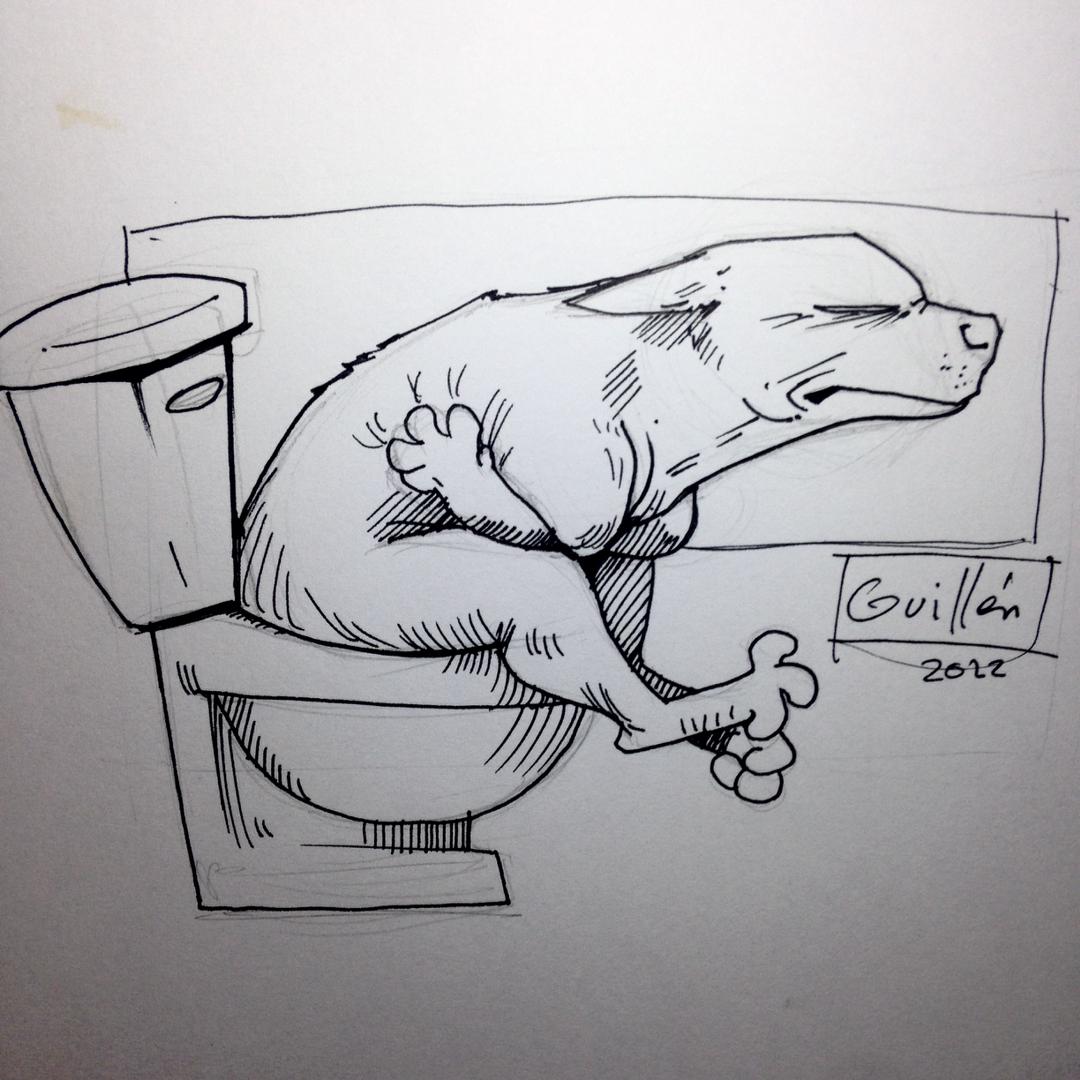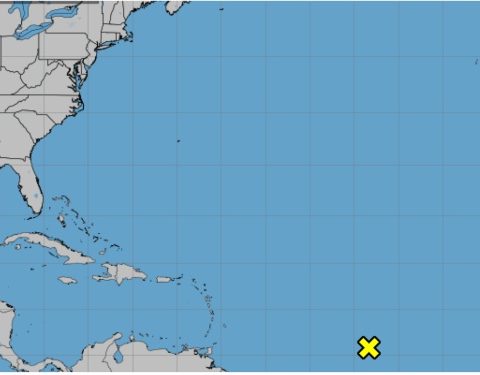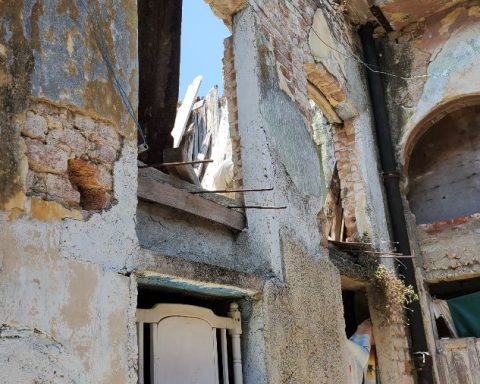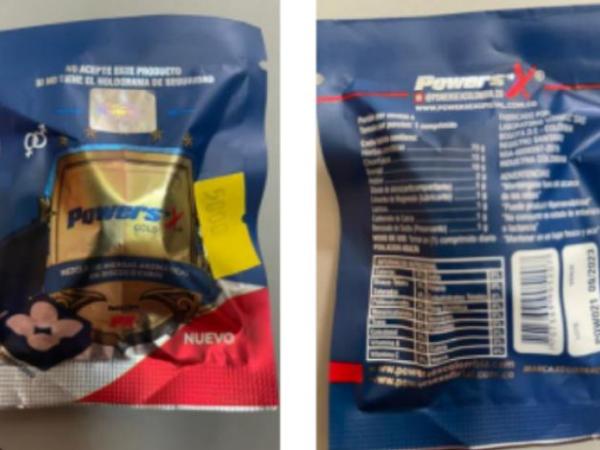In which veterinary practice is it unusual for several cases of gastroenteritis to arrive daily? Even more so if we think of our conditions in Cuba, where most of the animals do not have an adequate vaccination schedule.
When we have patients with acute gastroenteritis, diagnosis and treatment are usually simpler. Sometimes patients get better or are cured when we use symptomatic treatments and in the end we don’t even detect the condition. But the issue is often more complicated when it comes to chronic cases.
Diarrhea is nothing more than the decrease in the consistency of fecal matter. The owner almost always assumes that his animal has diarrhea when he sees that there is a decrease in the consistency of his feces. Rather when that fecal matter is liquid. But if it is softer, no. That is why one should not ask if the animal has diarrhea, but ask if the fecal matter has the same consistency as always. But we must also know if he defecates more times per day or if that fecal matter is voluminous, since it is considered that there is diarrhea not only when there is a decrease in the consistency of the fecal matter, but also when there is an increase in the matter of defecation and a volume increase. For example, having a bowel movement more than 5 times a day is usually not normal.
Diarrhea can be considered chronic when it presents more than 4 or 5 weeks of evolution. It is important to note that diarrhea is not always a sign of digestive disease. There are many systemic pathologies that can cause diarrhea and it is not necessarily the digestive system that is sick primarily, but rather it is compromised secondarily. That is why a definitive diagnosis must be reached, ruling out pathologies. It is necessary to explain to the owner that additional tests are needed to rule out pathologies in an orderly manner.
What can cause chronic diarrhea in dogs and cats?
. Enteropathies that respond to change in diet
. Antibiotic-responsive enteropathies
. corticosteroid-responsive enteropathies
. Neoplasms of the digestive system such as lymphomas or adenocarcinomas, etc.
. Other causes such as exocrine pancreatic insufficiency or systemic diseases.
Most authors agree that 70% of dogs with chronic diarrhea are due to a food allergy or intolerance. 15% have diarrhea that responds to antibiotics and less than 5% respond to steroid treatment.
The intestine is not a static place. In addition to the individual himself, immunity, enzymes, absorption, etc., there are also bacteria. Sometimes many of our patients will need a change in diet and perhaps an antibiotic or a change in diet and corticosteroids, but most will have diarrhea due to food allergies or intolerances.
If we are going to talk about species separately, we must bear in mind that when a cat with chronic diarrhea comes to us, there are viral diseases that can cause immunosuppression, which often cause diarrhoea, especially in terminal stages. Of course we are talking about FIV. Also in cats, pathologies in the bile ducts are more frequent compared to dogs.
In dogs, the most frequent cause is food allergy, exocrine pancreatic insufficiency is more frequent in dogs than in cats because in the latter it is very rare.
Regarding sex and age, we must point out that female and middle-aged Doberman bitches are more likely to suffer from chronic hepatitis, which among its clinical signs includes diarrhoea. The female and middle-aged Soft coated Wheaten Terrier can suffer from a protein-losing enteropathy that causes diarrhea and young herding breeds are more predisposed to suffering from Exocrine Pancreatic Insufficiency, and the cause is juvenile pancreatic atrophy. That is why the species, race and age can help us differentiate the pathology.
When we are going to do the anamnesis of the animal it is important to ask if it is dewormed correctly. It may seem obvious, but if we are investigating an individual with chronic diarrhea, we have to be completely sure that there are no parasites in that digestive system. We may not have the means at hand to carry out coprological tests, but we must indicate a correct deworming. That is why we should not ask if the animal is dewormed, but how, when and with what it was dewormed. Perhaps we are facing an animal of 4 or 5 years of life that was dewormed for up to one year of life and was never dewormed again. Or maybe they didn’t do it with a broad-spectrum antiparasitic.
It is essential to know the animal’s habitat because it will give us an idea of what it is exposed to. Know if you eat homemade or balanced food or both. If they have pre-existing pathologies, we must know if they are medicated, because there are medications that can cause a certain degree of diarrhea. Of course, knowing how long the diarrhea has been, because as the pathology becomes more chronic, it obviously becomes more symptomatic. Important to consider other clinical signs and do the inspection. Doing the general and particular clinical examination of the individual is of the utmost importance.
The other clinical signs of importance to ask are if they have an appetite, if they eat a lot, little or not at all. If there is vomiting. Consider the body status of the animal. Ask if he lost weight or not or if he gained. If you have polydipsia or polyuria or if there are changes in behavior. That is, ask as many questions as possible that can guide us in our diagnosis.
It may be that patients arrive with a good general condition and with a good body condition and have chronic diarrhea, but patients with an unfavorable body condition may also arrive. In patients with good body condition we will have more time to make a diagnosis, a more exhaustive investigation can be carried out, but in those with poor body condition I will not have much time to do it because they have definitely been suffering from this pathological condition for months. That is why that diagnosis that sometimes one makes in stages has to be done a little faster in those cases, because you can end up without a patient.
Is the diarrhea from the Small Intestine or the Large Intestine?
The anatomical location of chronic diarrhea is something that can be of great use to us. That is, if it is diarrhea of the Small Intestine, of the Large Intestine or is compromising both parts. Sometimes this differentiation can be made, other times not.
In SI diarrhea, defecation urgency is rare, there is weight loss because that is where nutrients are absorbed. If there is blood, it appears as melena, it is a tar-colored stool, black in color. There is no mucus, it is usually bulky stool, and there is no tenesmus.
In IG diarrhea there is usually a defecation urgency. Weight loss may occur but is rare or mild. If there is blood, it is a strawberry color. There is usually mucus. The volume is variable and there may be tenesmus. But the data that one has to pay more attention to is weight loss.
How then to manage a patient with chronic diarrhea?
The first thing is to deworm them, unless you have an updated and correct deworming. But always deworm them. It is also necessary to ask for an albumin to know if I am facing a protein losing enteropathy or not. PPE is a very broad term and it must be remembered that within this term there are many diseases, whether parasitic, infiltrative, it can be a serious inflammatory bowel disease, foreign bodies, etc. But knowing that we are facing a PPE makes us act more quickly, because knowing that the albumin is low is not only telling you that the patient is not absorbing the nutrients well, but that he is losing his own proteins, the structural proteins. That is why the prognosis has to be from reserved to serious.
The other possibility is that you don’t have a PPE and you may have poor digestion. In the case of dogs, it is EPI, where the most frequent cause is juvenile pancreatic atrophy and the other most frequent cause in adult dogs is acute pancreatitis and treatment is carried out.
On the other hand, if it’s not poor digestion, it’s obviously poor absorption. Within this we have diarrhea that responds to changes in diet, diarrhea that responds to antibiotics or infiltrative processes.
In the cat it is similar to the dog but when one sees a decrease in albumin in the cat it is highly probable that it has a digestive lymphoma. That is why the idea is always to do a biopsy.
Maldigestion and EPI exist in the cat, but are much rarer. With regard to the causes of malabsorption, they are the same and within the inflammatory processes for both dogs and cats we have inflammatory disease or tumor processes of the digestive system, especially lymphomas.
To conclude, let us remember that diarrhea is a clinical sign that occurs not only in digestive pathologies. Always try to reach the definitive diagnosis where diseases or pathologies must be excluded taking into account the clinic with the corresponding complementary methods and not losing sight of what is important. Even ask for help if needed. Remember that they are not definitive diagnoses and therefore there is no possibility of an effective treatment. That is why it is important to exclude diseases and get a biopsy of the digestive system. Whether endoscopic or surgical.
Sometimes the animal is given a package of corticosteroids and antibiotics, the diet has been changed and the animal continues with diarrhea and that is why they are patients who do not have a certain diagnosis.















